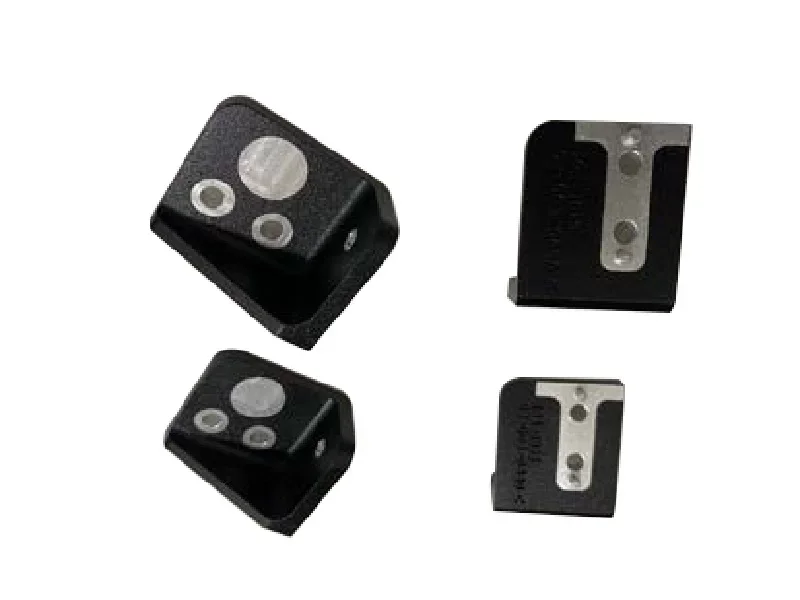From our mobile phones, to televisions and computers in our daily life, to military industry and aerospace in the defense field, the demand for optical components has become more and more extensive with the development of modern science and technology.
More and more precision instruments use new technologies that combine opto-mechanics, pushing them to achieve increasingly stringent requirements for versatility, high performance, and low cost. This has promoted the development of traditional optical parts production technology and the transformation of processing technology, and this transformation has promoted the development of optical technology in two different directions.
First, to develop towards small, lightweight and inexpensive high-efficiency processing. The rapid development of optical plastic and glass die-casting technology has greatly reduced the cost of aspheric lenses, made it possible to significantly increase the supply, and more and more various optical systems have begun to use them. For example, thin zoom lenses are widely used in mobile phones. It is precisely because the application of these small, lightweight and cheap optical parts in various fields continues to expand, which has led to the rapid development of optical efficient processing technology.
The second is to develop in the direction of ultra-precision machining. The technological progress in the field of cutting-edge science and technology, especially the defense industry, has put forward new requirements for ultra-precision optical parts.
For example, manned spaceflight, optical systems of laser weapons, optical fiber communication components, and micro-optical parts in optical integrated circuits are all ultra-precise optical parts. These optical parts are processed even down to the nanometer level. The machining of these parts cannot be done by traditional methods and must be realized by ultra-precision machining technology.
The traditional processing method of optical parts has a history of more than 100 years, but with the development of technology and technological innovation, it is gradually not suitable for today's processing.And new optical parts processing methods began in the 1970s. The military optical system has been expanded from white light to infrared and laser systems, and has also put forward difficult requirements for optical components to have better imaging quality, smaller size, lighter weight, and simpler structure.
As the optical processing industry undergoes massive technological revolutions and innovations, new methods of processing optical parts continue to emerge.

CNC machining non-standard optical parts manufacturer
Shanghai Languang Precision Machinery Co., Ltd. is a company specializing in precision machining and parts manufacturing. At present, the machining products involved are mainly CNC machine tools, including non-standard optical parts customization,hydraulic valve block customization, special-shaped parts customization, precision hardware customization, mechanical hardware parts processing, automation equipment parts processing, general hardware parts processing, automobile and motorcycle parts processing, medical machine parts processing. We have advanced processing technology, if you have related needs, you can visit our company's website to contact us.